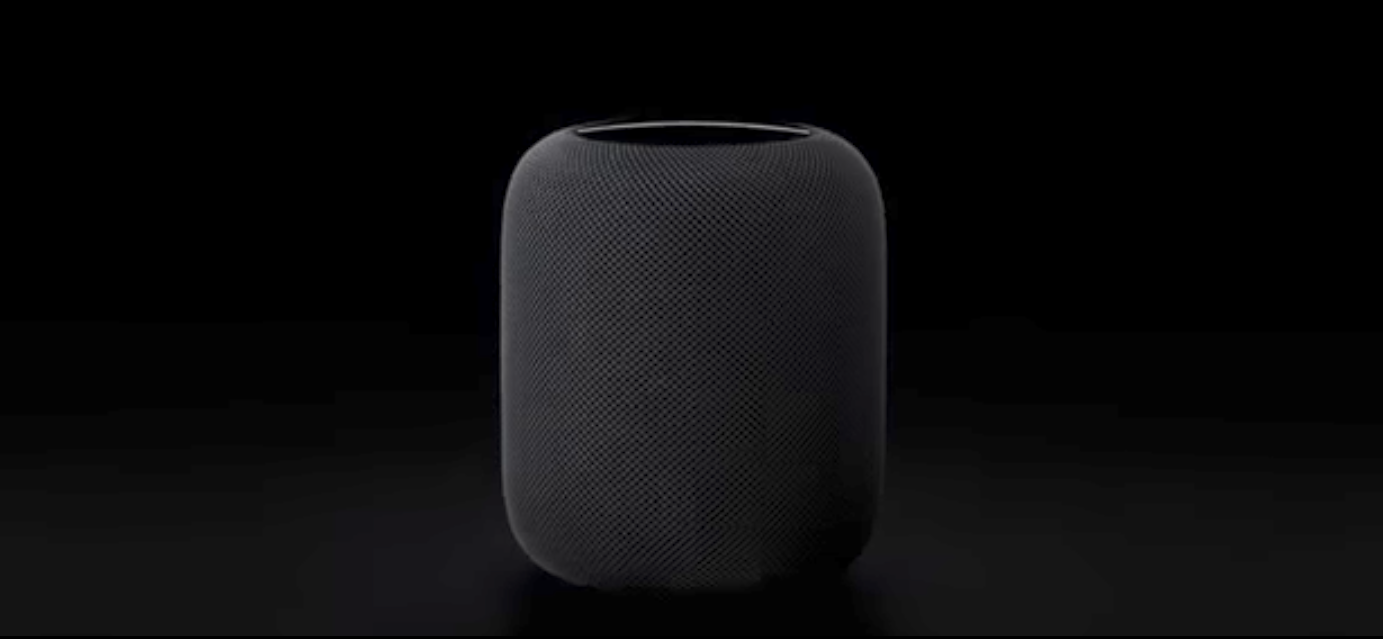Apple launches HomePod, a Sonos-looking device meant to take on Amazon Echo
HomePod people Apple put a firmer mark in the smart home sand with the launch of HomePod, a rounded cushion-looking speaker that is clearly meant to give Amazon Echo a little nudge. How big of a nudge? That remains to be seen. HomePod isn't launching until later this year, and its $349 price tag is certainly higher than the $180 price tag stuck on Echo. But Apple seems unconcerned.
HomePod is a Siri voice-enabled device that is a music speaker, yes. But it will also deliver news, weather, scheduling updates and reminders. (Sound familiar?) The gadget will also connect to HomeKit devices, allowing you to run them by talking, such as "Turn on the air conditioner."
Apple made quite a few other announcements during its 150-minute marathon Keynote on the first day of the Worldwide Developers Conference. Apple users should expect to have some fun with iOS 11, which will feature peer to peer payments made directly through Messages (and a shot across the bow to Venmo), and look forward to some new updates for watchOS 4. Also a new iPad Pro and a new Mac are now available as of this week.
For privacy hounds, Apple also announced an update to Safari that will block those videos that start playing automatically, while also stopping tracking of users as they surf the web. There is also baked in support for augmented reality and virtual reality through ARKit—good for gaming developers, among others.
While there was no mention—at all—of a new iPhone, with this year being the 10th anniversary of the smartphone we still expect to hear more about a new phone sometime this fall from Apple.
Sleep disturbance If you're one of the more than 18 million people with sleep apnea (according to the National Sleep Foundation) you probably don't need to know about the SomnaPatch. But the device might be interesting to those who find they are having sleep disturbances at night. The device is still experimental, yet it a growing trend of medical devices being adopted by consumers in their own home, collecting data that can be shared with physicians and help bring them closer to a diagnosis.
